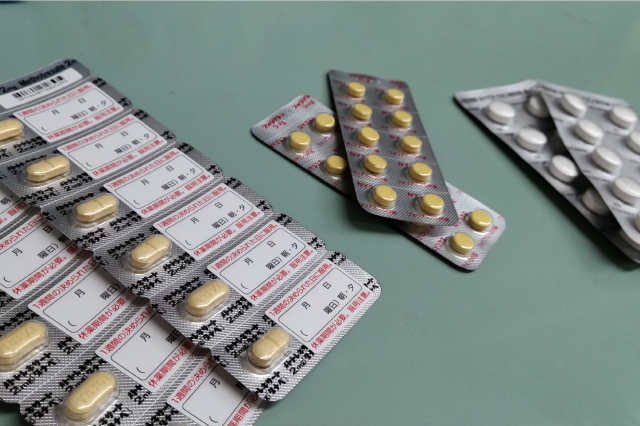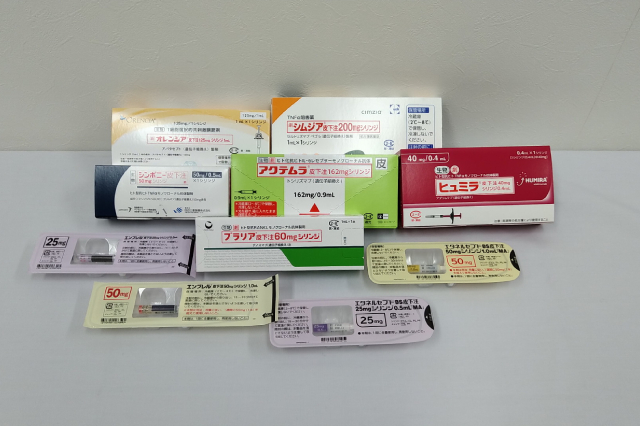Rheumatism and Vascular Aging
Did you know that patients with rheumatoid arthritis(=RA) are prone to atherosclerosis?
While the life expectancy of people with rheumatic diseases has increased dramatically due to advances in treatment, studies have shown that the risk of developing atherosclerotic diseases is equivalent to that of the general population 10 years older.
This means that if you have rheumatism, your vascular age is 10 years older than that of a healthy person.
In fact, rheumatism is not only a disease of the joints.
It causes inflammation in the blood vessels throughout the body. Therefore, if rheumatism is not controlled, arteriosclerosis throughout the body is likely to progress.
One in four Japanese people die from myocardial infarction or stroke.
Atherosclerotic disease is now considered to be an important complication that affects the life expectancy of people with rheumatic diseases.
How much does rheumatism advance atherosclerosis?
Atherosclerosis is more likely to develop when risk factors such as smoking, lack of exercise, high blood pressure, lipid abnormalities (high triglyceride and LDL cholesterol levels and low HDL cholesterol levels), diabetes, and obesity (especially visceral fat type obesity) are combined, in addition to unchangeable factors such as aging and men.
In people with rheumatic diseases such as RA, in addition to the general risk factors mentioned above, inflammation and genetic predisposition have been found to be important factors in promoting atherosclerosis.The risk of developing atherosclerotic disease is 1.5-2 times higher if you have RA, which is as high as the risk of type 2 diabetes, a major known risk factor.
Two points to prevent aging of blood vessels in RA patients
- To reduce inflammation and control disease activity in RA.
It is very important to prevent the progression of atherosclerosis and the development of atherosclerotic diseases. Methotrexate and TNF inhibitors (biologics) used to treat RA have been reported to reduce the risk of developing atherosclerotic disease by about 30%.
The use of steroids is recommended to be kept to a minimum because while they work in a positive direction for atherosclerosis by reducing inflammation, they may also increase conventional risk factors such as lipid and glucose metabolism and blood pressure. At our clinic, we also propose treatments that can reduce the amount and duration of oral medication by incorporating steroid joint injections. Translated with www.DeepL.com/Translator (free version)
- Control of lifestyle-related diseases
At the same time, it is important to actively assess and control general risk factors. Lifestyle changes such as smoking cessation, exercise, diet, and weight control will help reduce the progression of atherosclerosis. Monitoring blood pressure, lipids (triglycerides, LDL cholesterol and HDL cholesterol levels), blood glucose, HbA1, etc. by blood test, and drug therapy is useful if atherosclerosis risk factors do not improve for several months. Atherosclerosis progresses without being noticed. Let's make efforts to prevent the development of life-threatening atherosclerotic lesions. Translated with www.DeepL.com/Translator (free version)
What is the right amount of steroid to prevent vascular aging?
Although it varies depending on the underlying disease, long-term use of more than 7.5-10mg PSL may affect classical cardiovascular risk factors and requires caution. For RA, anti-rheumatic drugs such as MTX and biologics should be the mainstay of treatment, always aiming for steroid reduction (primary goal is 5mg or less) and discontinuation.









